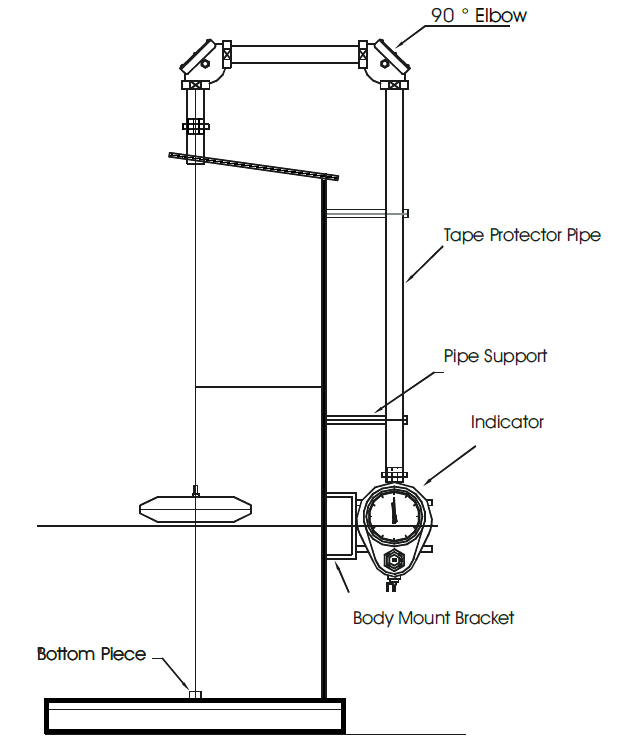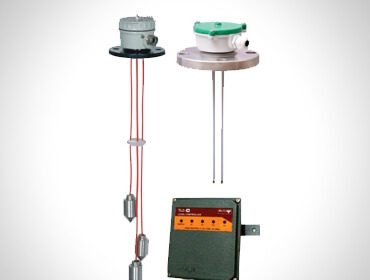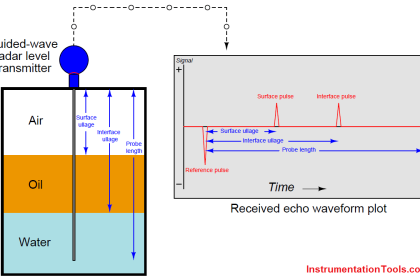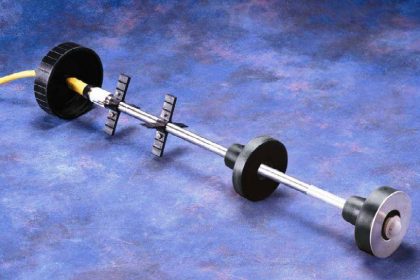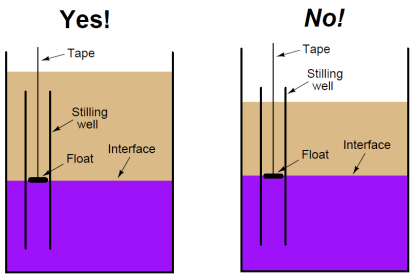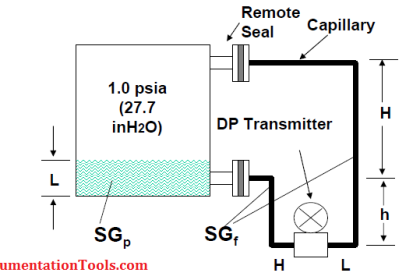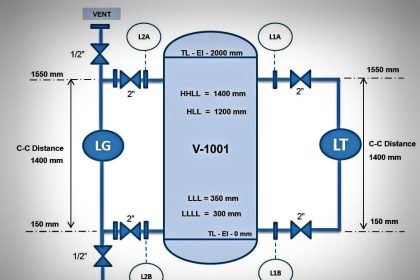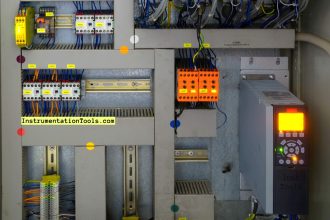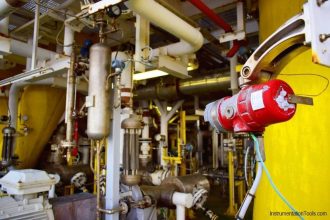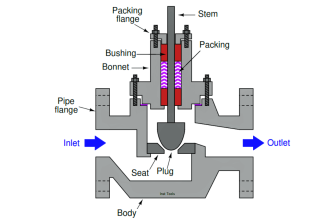The tank level indicators are of simple construction and are easy to install. They are very sturdy and require no maintenance. A float operated tank indicator comprises of a float that is located within guide cables. The guide cables whose ends are fastened on to an anchor bar are kept straight and wrinkle free by tension devices.
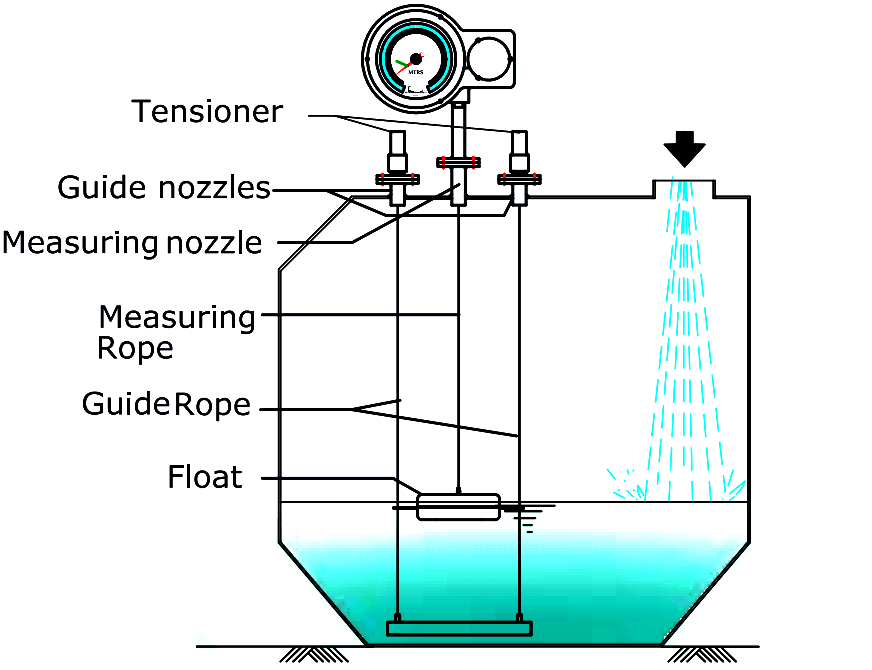
The anchor bar is either grouted or welded to the tank bases. The float cable is wound over a set of pulleys, which are secured in the pulley housing. One end of the float cable bears the float and the other end carries a pointer assembly with a counter weight for balance. Tank level indicator float operated type is for fixed roof, floating roof, open top and under ground storage tanks.
Principle :
It consists of a float, tied to a SS wire rope, other side of which is wound on a drum carrying constant torque spring, to maintain the rope under continuous tension. Due to change in liquid level the float rises or falls and rotates the drum. This motion is transmitted thru gear mechanism to a pointer moving over a calibrated dial to display level in meters, Digital / Analogue output can also be provided for Switching & Transmitting as an option.
Installation on Top of the Tank :
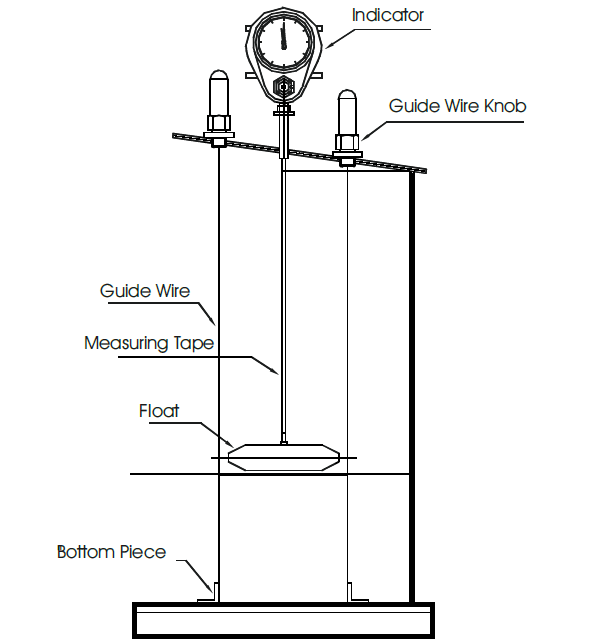
Installation on the Tank side :
